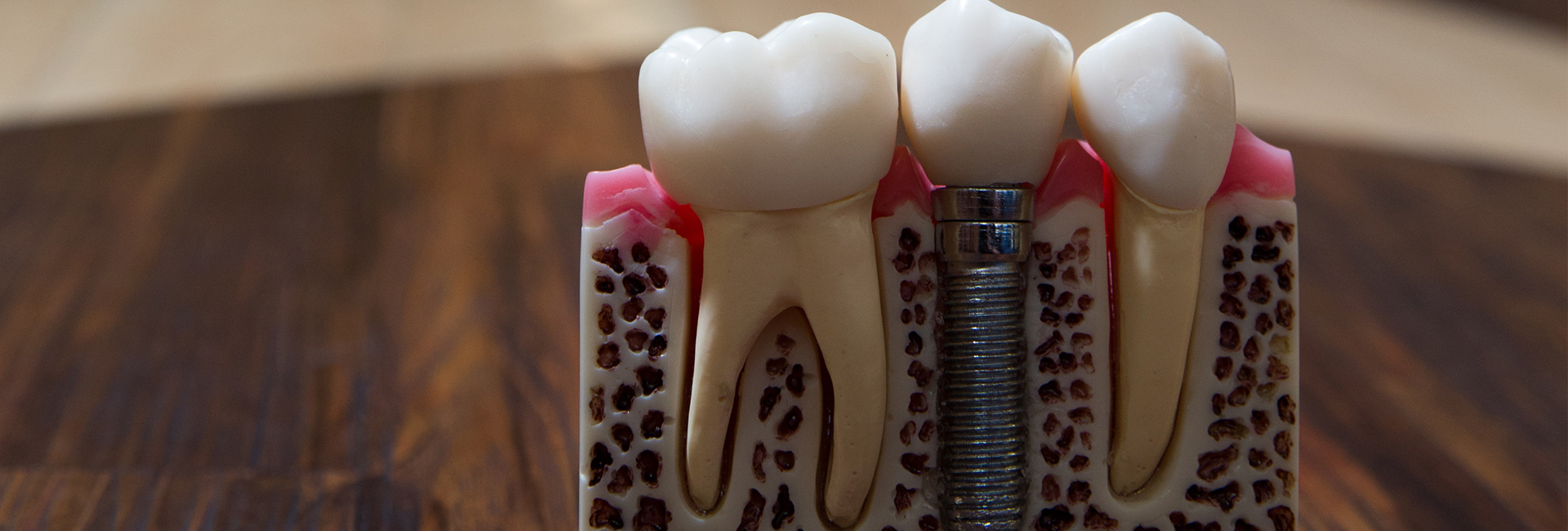Various issues can cause the structure and functionality of your teeth to become compromised, including decay, ordinary wear, and tear and facial trauma. Fortunately, any damage that results from these factors can often be repaired through restorative dentistry. This field of dentistry allows patients to preserve their biological teeth, and even when that is not feasible, our experienced team can still restore a complete smile following tooth loss using replacement teeth that have a lifelike appearance.
Types Of Restorations
A dentist can use many different kinds of restorations to address structural deficits in the teeth. They may include the following:
Tooth-colored Fillings
These are the most conservative restorations. The dentist will remove any decayed tooth material from the cavity and replace it with tooth-colored composite materials that blend in with the shade of the natural tooth and bond more securely with it. Tooth-colored fillings look better and they require less healthy tooth material to be removed.
Crowns
Crowns can be used to restore teeth that have been too severely damaged to be treated with a filling. These are tooth-shaped caps that can be made of either ceramic materials or porcelain in order to achieve a lifelike aesthetic. Crowns are also placed on teeth that have been treated with root canals for extra protection against breakage.
Bridges
Bridges are useful to replace a single missing tooth or a small stretch of missing teeth. The remaining biological teeth on either side of the gap are fitted with crowns, which then secure the pontic (artificial tooth).
Removable Partial Dentures
Partial dentures can also be a good choice for replacing a small number of missing teeth. They have metal clasps that securely attach to surrounding teeth and can be easily removed for cleaning.
Implant with associated crown or bridge or denture
Dental implants are the lone structurally complete tooth replacement available to patients. These artificial roots can be used to support any type of prosthetic, including single crowns, bridges or dentures.
The type of restoration recommended will depend on the patient’s circumstances. Fillings and crowns will be used to try to save teeth that do not need to be removed, while bridges, dentures, and dental implants are used to replace teeth that cannot be salvaged.
Root Canal Therapy
Root canal therapy can also be used to preserve damaged teeth when there is a risk of infection in the tooth’s innermost core. The dentist will create a small hole in the patient’s tooth to access the pulp chamber and remove any infected pulp material. The empty chamber is then thoroughly cleaned and filled with an inert rubber-like substance so that bacteria can’t repopulate the space. This process leaves teeth more susceptible to breakage, so treated teeth are often fitted with crowns after root canal therapy to make them stronger.
Benefits Of Restorative Dentistry
Restorative dentistry has numerous benefits for patients. Most importantly, these interventions help to preserve biological teeth and restore their structural integrity. Even the most technologically advanced tooth replacements cannot fully replicate a natural tooth, so it’s always preferable to save your biological teeth whenever possible. Additionally, the problems that cause damage to the teeth are typically unattractive, so restorations improve the patient’s appearance as well. Also, in the cases of tooth loss, replacing an absent tooth with an implant-supported crown or a fixed dental bridge will also reduce the likelihood that surrounding teeth will be harmed by the after-effects of tooth loss.


